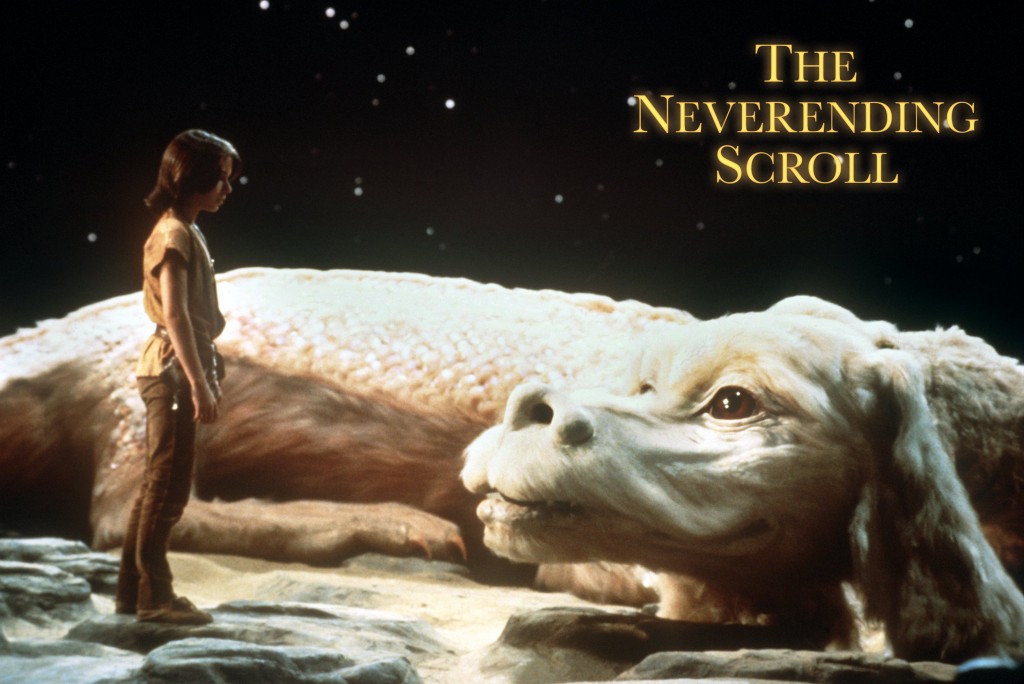Infinite scrolling may enhance or diminish the user experience depending on the type and goal of a website. The UX is also determined by the result a visitor is seeking which has led him/her to the website. The final result would certainly depend on whether the purpose of the visitor gets fulfilled or not.
Img source: Smashing Magazine
The design on a website where the contents keep opening as you scroll down is quite appealing. With infinite scrolling, you don’t have to click on links to get to the web content you want to see. All you have to do is scroll down and you will come across all the contents, automatically.
It definitely sounds like a perfect design for a website. But before getting to this conclusion, take a step back and try to get an insight on how UX can differ with infinite scrolling.
The Good Experience
- Touch Screen Devices: In this world of multi-screen interfaces, everyone stays connected to the World Wide Web from their desktop, mobiles and tablets. It is the need of the hour to provide similar UX on desktop and mobile devices. The websites having infinite scrolling provide a better UX on touch screen devices than the traditionally designed websites. The small screen of a mobile device requires a more convenient way to display the content of a website. The UX will degrade if the visitor has to zoom and tap the tiny looking links every time s/he wants to get to the next content.
- Better Content Reach: Whatever a website’s goal is and regardless of the content a website displays, infinite scrolling offers a better UX to your website by providing a better content reach to the users visiting. All the contents are arranged vertically and require frequent scrolling. Without tapping on any other link, one can go through the whole web content on a single page.
- Delightful Image Display: Websites having heavy image content provide better UX when designed on infinite scrolling. Users can scroll down, scanning all the images and finding their favorite one. Pinterest and Flickr are the best examples of heavy image websites having infinite scrolling design.
- Swift Browsing: Websites designed on infinite scrolling provides swift and trouble-free browsing, enhancing the UX. The contents automatically get loaded as the user scrolls down. This in fact, reduces the effort to click on a link to get to another page and makes the browsing swift and easy .
The Bad Experience
- Getting to the Footer: Getting to the footer of an infinite scrolling website is next to impossible. It is a big problem for users to get to the footer where all the important links of the website are available. If a commerce oriented website is based on infinite scrolling design then it may not fulfill the purpose of the visiting user. And if the need is not met and the purpose not fulfilled, it degrades the UX.
- Pogosticking: When a user clicks away from an infinite scrolling webpage and gets back to the website by pressing ‘back’ button, then s/he is brought to the top of the webpage. Losing the spot where the user left off forces him/her to put extra effort to the get to the spot or to close the website completely. This could to be an awful UX for the visitor.
- Disorientation: When seeing a usable article, scrolling down to check for more and coming back only to realize that the article has got replaced by the updated article, gives a bad UX.
- Waste of time: When a user is looking for a perfect match or solution or a perfect search result, scrolling down an infinite webpage look like a waste of time giving a poor UX.
- Skipping: Unlike pagination, where one can get to a particular spot on the website, in infinite scrolling, there is no other option than to scroll down to the whole web content and get to that particular spot.
The user experience may differ with the purpose getting fulfilled by a website or not. On one hand, where websites like Pinterest, can provide an enhanced user experience with infinite scrolling, on the other hand, e-commerce websites like Etsy may suffer with the same, providing poor UX.

